Piacenza is a charming city, full of monuments that combine history, art and wonderful architecture. With its charming streets, medieval buildings and rich cultural scene, Piacenza is an inconspicuous treasure worth discovering. One of the city’s highlights is its historic center, which impresses with its impressive buildings and monuments. Piazza Cavalli with two equestrian statues symbolizing the noble history of the city is a must-see place. As you stroll through the streets you will discover beautiful palaces such as Palazzo Gotico and Palazzo Farnese, displaying impressive architecture.

Piacenza is a town in the Emilia-Romagna region in northern Italy. The town is situated on the banks of the Po River, between Milan to the west and Parma to the east.
SIGHTSEEING
Palazzo Farnese


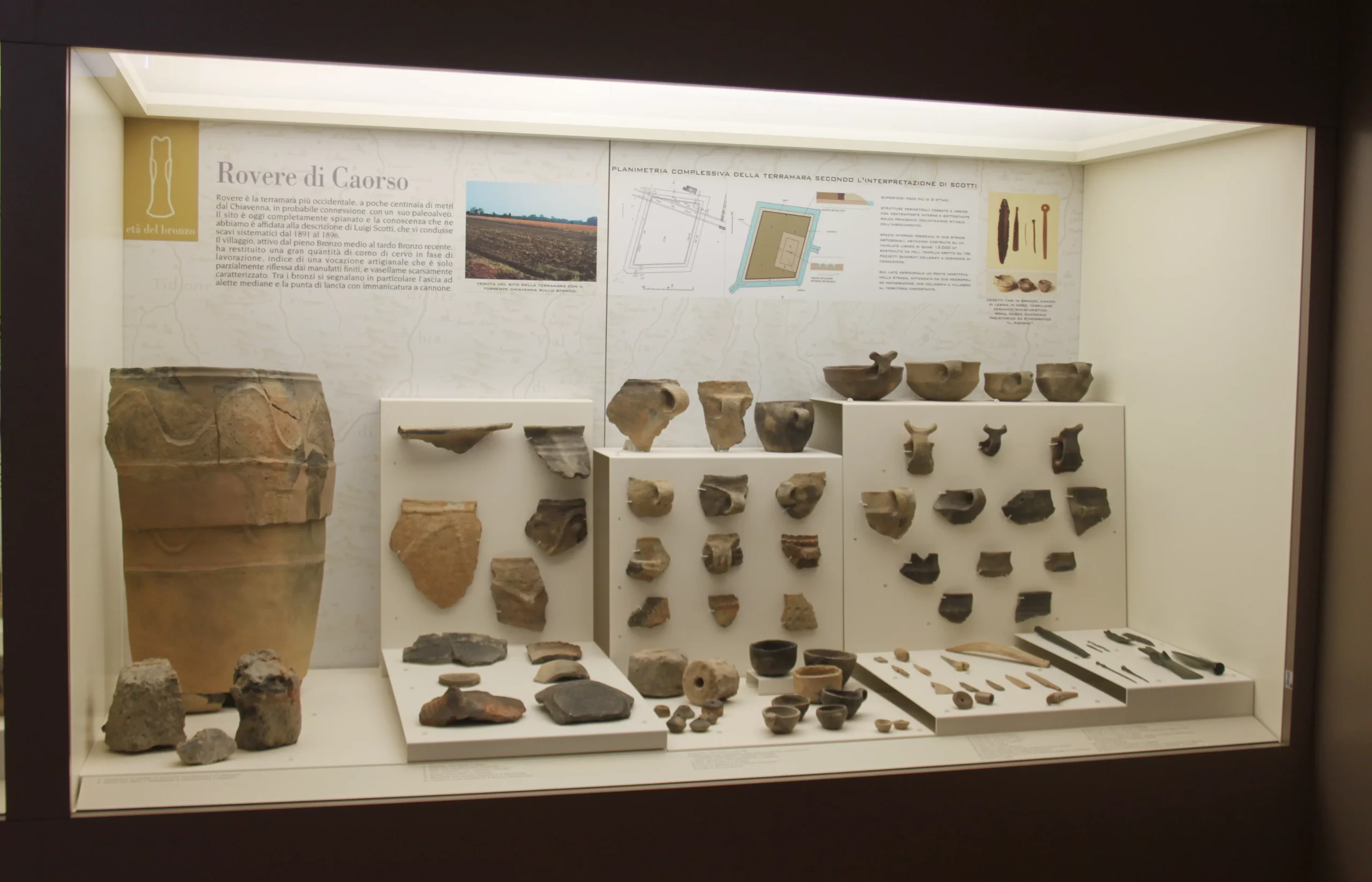
The art gallery is the most important in Piacenza, attracting many tourists and Italians due to its impressive collection of art from the 19th and 20th centuries. The gallery is located near the Basilica of San Sepolcro on Via San Siro. The gallery contains a collection of over 400 paintings by various artists, including Filippino Lippi, Giovanni Carnovali, Raffaello Sernesi and Giuseppe Abbati. Most of the works collected in the Gallery come from local Italian artists who paint in various painting styles. It is certainly a place worth visiting for any art lover.
Visconti Citadel of Piacenza
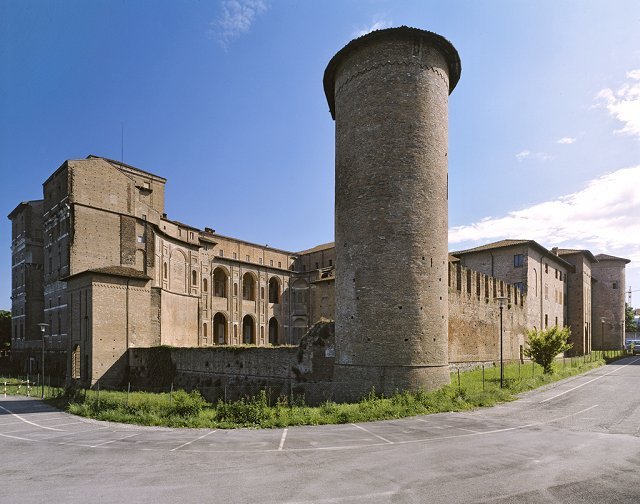
The Visconti Citadel of Piacenza is a fortification erected by the Visconti of Milan in the 14th century in Piacenza. In the 16th century, a new building (Palazzo Farnese) was planned and initiated on the Citadel’s site but remained uncompleted. Therefore, about half of the Citadel was not destroyed and survived until today.
Palazzo Gotico
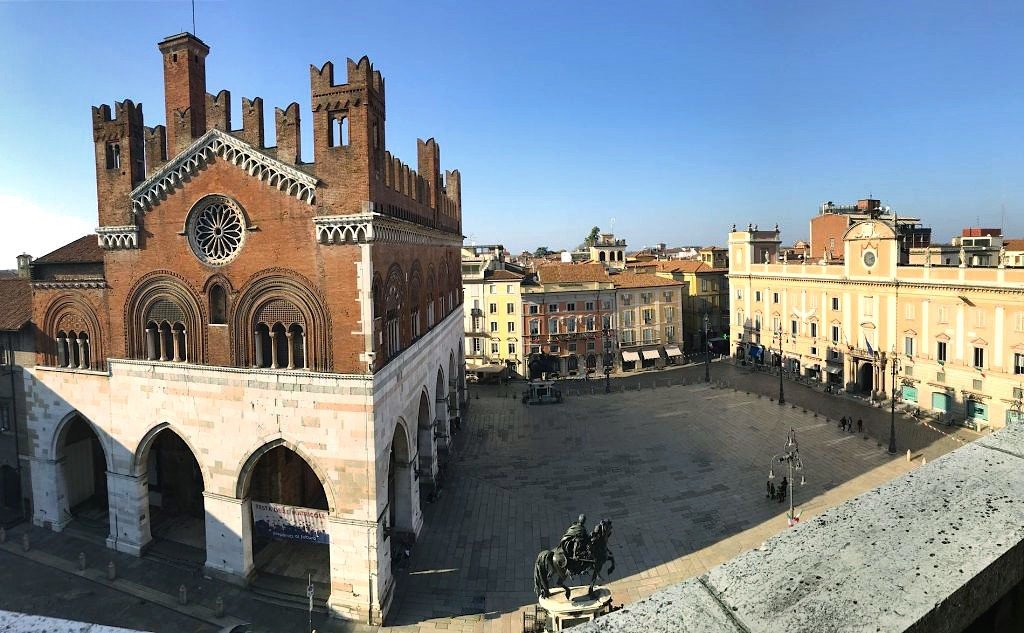
Palazzo Gotico dominates the main space of the city centre, Piazza Cavalli. It was commissioned in 1281 by Alberto Scoto, head of the merchants and Ghibelline lord of the city. It was designed by local workers and perhaps from Como. Of Lombard ogival style, with the frame adorned with arches, the Ghibelline swallowtail battlements, the central turret which encloses the bell tower and the two lateral turrets, it is an outstanding example of medieval civil architecture.
On a marble base, opened by a Gothic loggia with arches and a pointed arch, the upper floor is set, with Romanesque shapes, with full-centre arches pierced by slender triple-lancet windows. The contrast between the pink marble of the lower floor and the terracotta decorated with geometric motifs of the upper windows creates an effect of surprising elegance.
Cathedral Piacenza
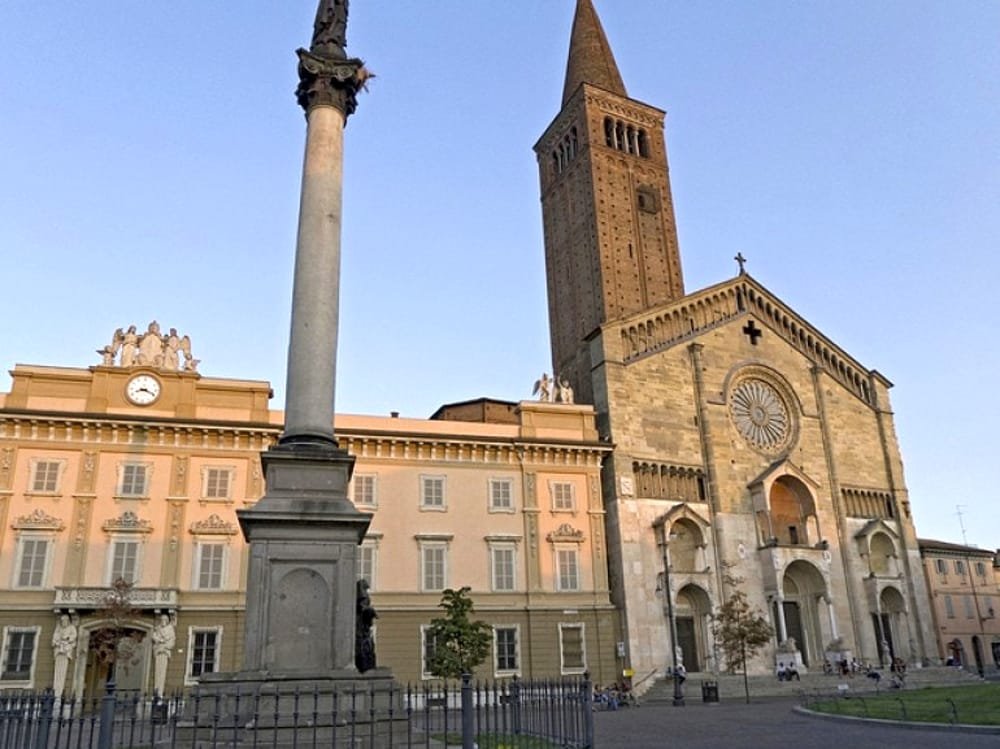
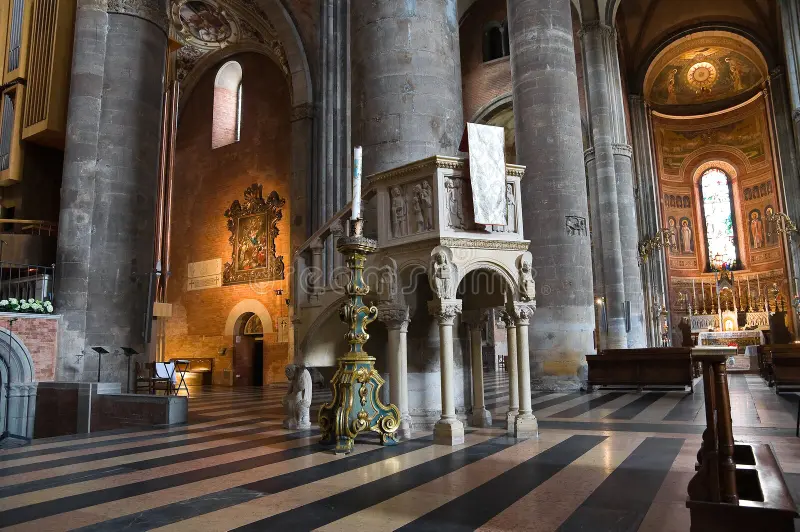
The Cathedral of Piacenza is undoubtedly the most important religious building in this city. Additionally, it is one of the best-preserved examples of 12th-century Romanesque art in northern Italy. Thanks to its dimensions, the cathedral is an example of the longest church in the region. The front facade has a large, round rose window with three decorative arches.
The church is dominated by a 32-meter high bell tower. Inside this stunning structure there are a series of colorful frescoes dating from the 14th and 16th centuries, as well as several beautiful wooden sculptures.
Ricci Oddi Modern Art Gallery


Ricci Oddi Modern Art Gallery gathers over 700 works by artists from the 18th century up to the present day and is one of the most remarkable of the kind in Italy. It was the nobleman Giuseppe Ricci Oddi (1868-1937) who created and then donated it to the city; it was inaugurated in 1931.
Giuseppe Ricci Oddi was a personal friend of art critics and gallery directors, but above all of some important painters of the period between the late 19th century and the first decades of the 20th century, among whom he preferred the Tuscan Macchiaioli and Antonio Fontanesi.
Church of San Sisto

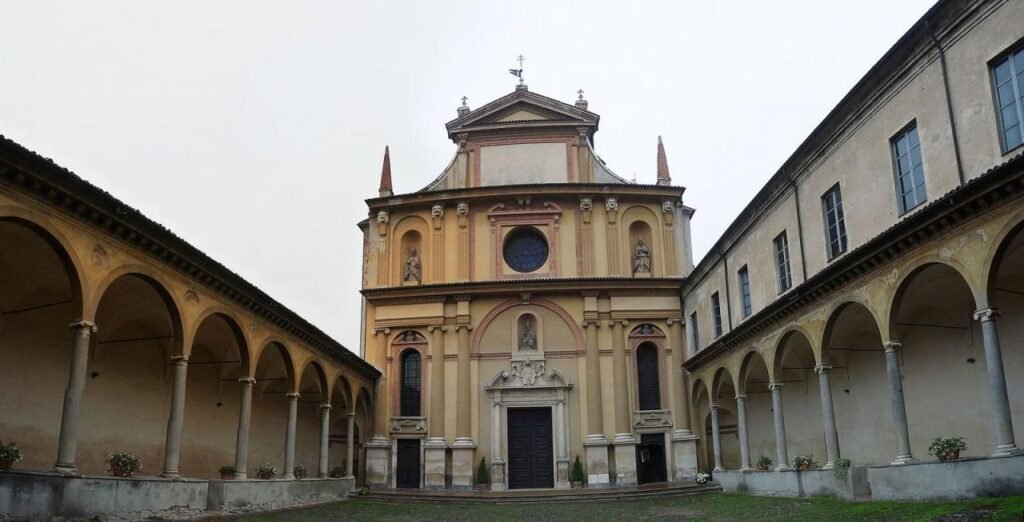

San Sisto is a Renaissance style, Roman Catholic church, located on the Via of the same name in north-central Piacenza.
The church and an adjacent convent and hospital were founded in 874 by Queen Angilberga, wife of the Emperor Louis II. She had been exiled some years after his death, but in 882, she was allowed to return to Italy, where she became abbess of the Benedictine convent, presumably this one.
Basilica di Sant’Antonino

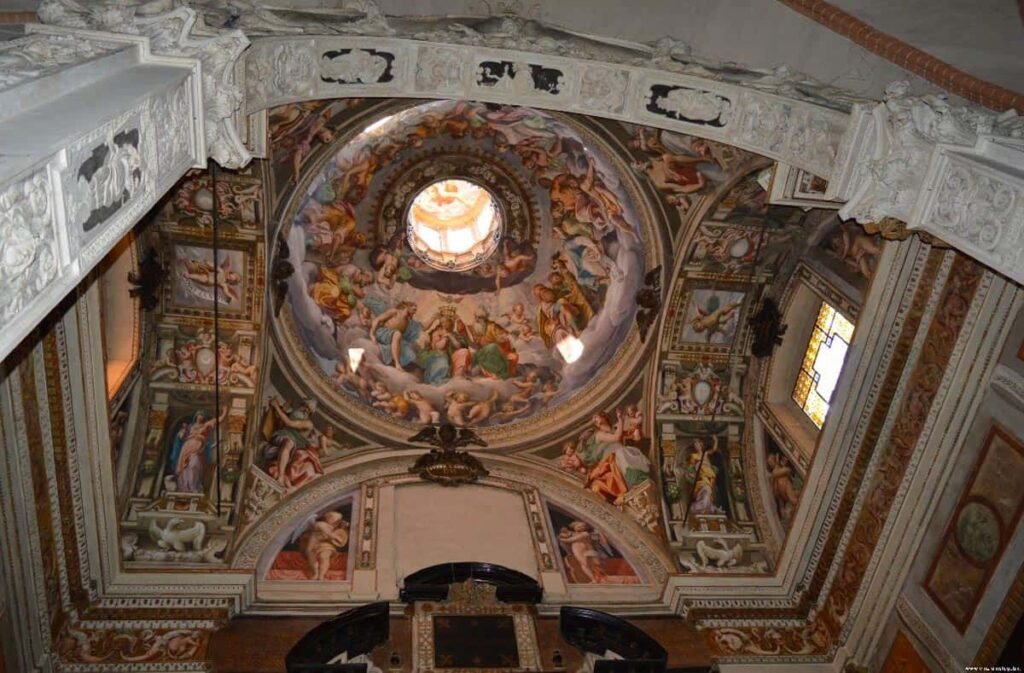
The Basilica of Sant’Antonino is a medieval Roman Catholic basilica in the city of Piacenza. It is a building dedicated to the patron saint of the city, Antoninus.
Antoninus’ relics were originally found in the nearby church of Santa Maria in Cortina, which housed an early Christian martyrium. The current building was the work of Bishop Sigifredo, who consecrated it in 1014 as a collegiate church. Siegfryd chose the form of an oriented basilica with a western nave and a bell tower. The interior was decorated with early Romanesque paintings, little of which has survived.
Basilica di Santa Maria di Campagna


The Basilica of Santa Maria di Campagna is a Roman Catholic basilica church in the city of Piacenza. It was built in a Greek-Cross plan with an octagonal dome in a high Renaissance style in the 16th century.
The Basilica of Santa Maria di Campagna is a jewel of Renaissance architecture, a masterpiece of the full maturity of the Piacenza architect Alessio Tramello. The church was built between 1522 and 1528 in order to worthily preserve the polychrome wooden image of a miraculous “Madonna della Campagnola”. The façade, geometrically clear, is a prelude to an interior full of pictorial ornaments, canvases and decorations.
Santa Teresa di Carmelo


The church is located in a very central position. Built by the Discalced Carmelites starting from 1650, in Baroque style, it represents a rare example, among the churches currently open for worship in the city of Piacenza, of early eighteenth-century pictorial decoration.
Inside it presents the presbytery area and the chapels decorated with frescoes with rich quadratures, the work of the Cremonese Natali, and figures by Robert de Longe, G. Angelo Borroni, Sebastiano Galeotti and Bartolomeo Rusca (first half of the eighteenth century).
